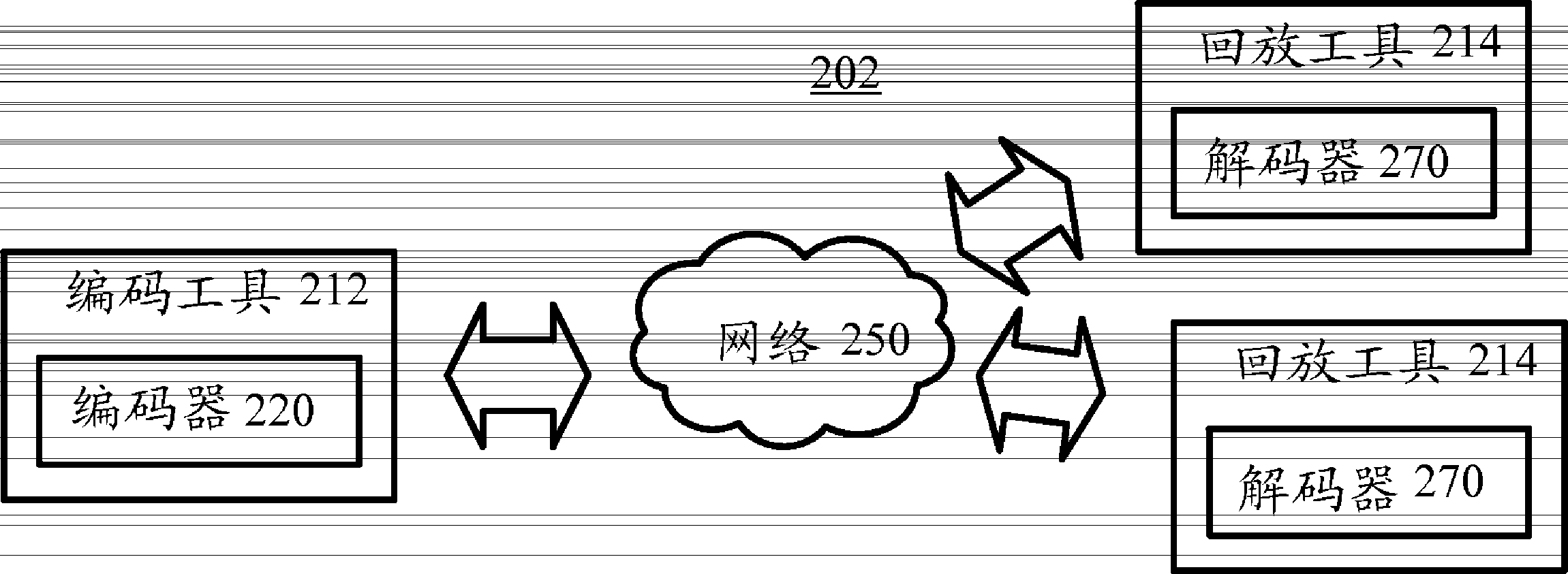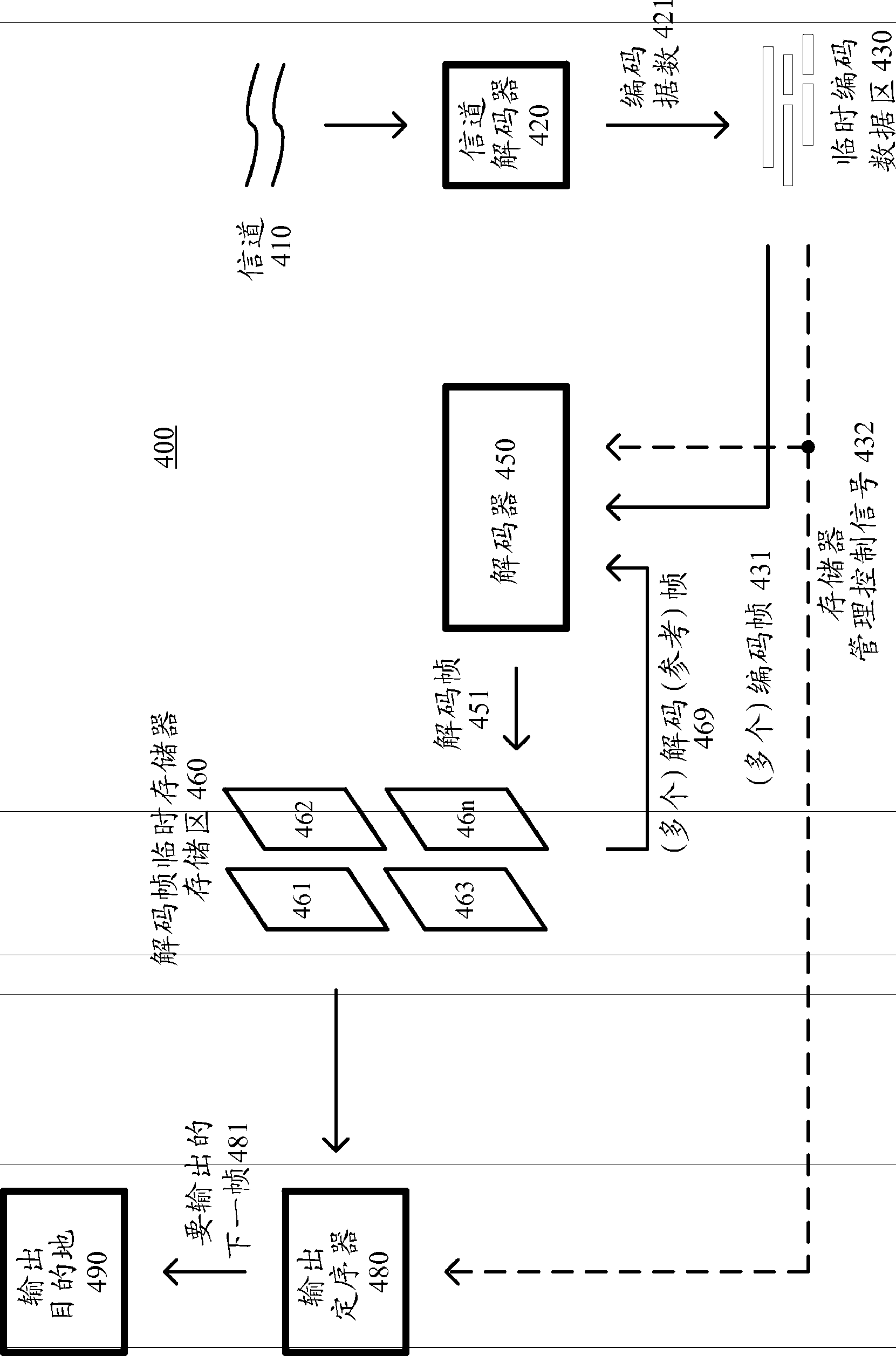Reducing latency in video encoding and decoding
A video decoder and video encoder technology, which is applied in the field of reducing the delay in video encoding and decoding, and can solve the problems of high total delay and destruction of real-time communication, etc.
- Summary
- Abstract
- Description
- Claims
- Application Information
AI Technical Summary
Problems solved by technology
Method used
Image
Examples
Embodiment Construction
[0017] The detailed description presents techniques and tools for reducing latency in video encoding and decoding. The techniques and tools can help reduce latency to improve responsiveness in real-time communications.
[0018] In video encoding / decoding scenarios, some delay between the time an input video frame is received and the time it is played back is unavoidable. The frame is encoded by the encoder, delivered to and decoded by the decoder, and some amount of delay is caused by practical constraints on encoding resources, decoding resources and / or network bandwidth. However, other delays can be avoided. For example, encoders and decoders may introduce delays in order to improve rate-distortion performance (eg, to exploit inter-frame correlations from earlier pictures in the sequence). Such delays can be reduced, although there may be some loss in rate-distortion performance, processor usage, or smoothness of playback.
[0019] Using the techniques and tools described...
PUM
 Login to View More
Login to View More Abstract
Description
Claims
Application Information
 Login to View More
Login to View More - R&D
- Intellectual Property
- Life Sciences
- Materials
- Tech Scout
- Unparalleled Data Quality
- Higher Quality Content
- 60% Fewer Hallucinations
Browse by: Latest US Patents, China's latest patents, Technical Efficacy Thesaurus, Application Domain, Technology Topic, Popular Technical Reports.
© 2025 PatSnap. All rights reserved.Legal|Privacy policy|Modern Slavery Act Transparency Statement|Sitemap|About US| Contact US: help@patsnap.com



